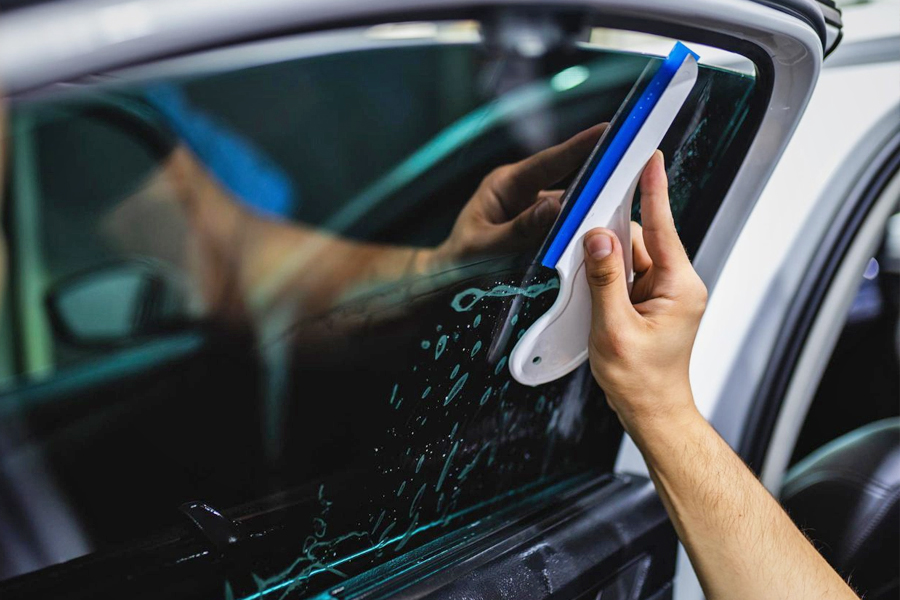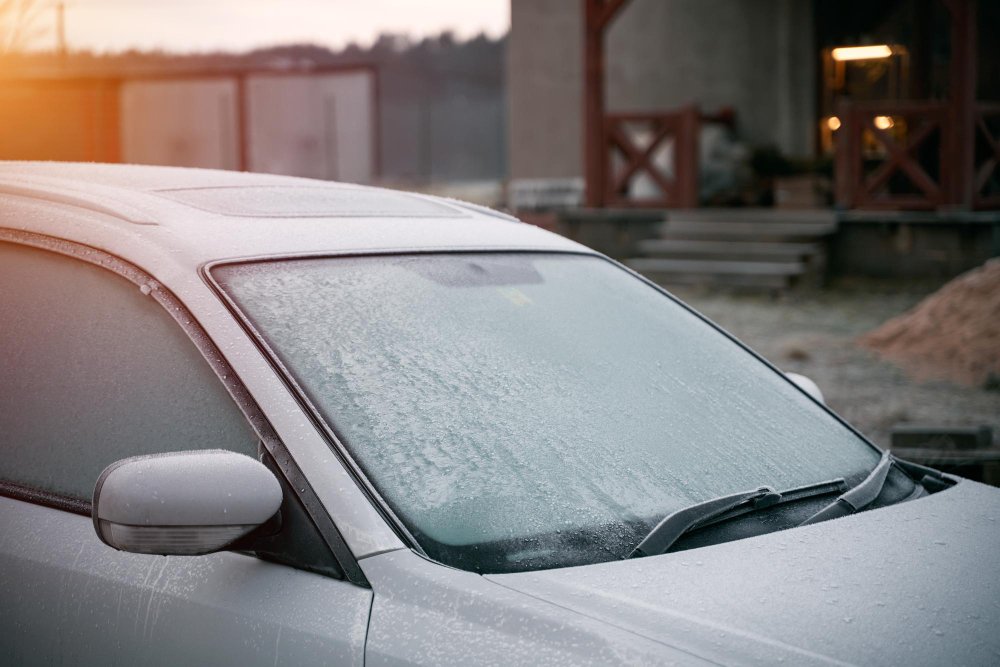Window Tinting Rules and Standards: What You Required to Know Before Tinting Your Vehicle
Prior to proceeding with home window tinting for your automobile, it is crucial to acquaint yourself with the diverse regulations and guidelines that govern this technique across different states. These laws determine the acceptable degrees of tint darkness, usually gauged by noticeable light transmission (VLT) percents, and consist of details specifications for front windscreens intended at making certain roadway security.
Summary of Home Window Tinting Rules
Home window tinting laws are regularly based on variant across various territories, mirroring neighborhood policies and security considerations. These laws determine the acceptable degrees of tint darkness and reflectiveness on automobile windows, making certain that chauffeurs keep appropriate presence while also protecting against hazardous UV rays and warmth.
A lot of laws classify window tinting based upon the Visible Light Transmission (VLT) portion, which indicates the amount of light that can go through the window. Normally, reduced VLT percentages represent darker tints. Laws commonly differentiate between the front, side, and rear windows, with more stringent limitations put on the front windshield to enhance safety for both the driver and various other road customers.
Furthermore, some territories impose limitations on the reflectivity of the tint, stopping extreme glare that might impair visibility. Exceptions to these laws may exist for people with specific clinical problems needing extra sun protection. Conformity with home window tinting guidelines is crucial, as violations can cause penalties, mandatory removal of the color, and possible rises in insurance costs. For that reason, it is vital for car proprietors to familiarize themselves with neighborhood laws prior to waging window tinting installations.
State-by-State Color Rules
Comprehending the specific home window tinting policies in each state is crucial for car owners looking for to follow the law. Each state in the united state has developed its own collection of policies regulating window tinting, which can differ dramatically. These laws typically dictate the allowable degrees of color darkness, the sorts of windows that can be tinted, and any clinical exemptions that may use.
As an example, states like California have rigid limitations on tint darkness for front home windows, while others, such as New Mexico, may allow darker colors. In addition, specific states mandate specific presence percents for different windows, consisting of the windshield, front side windows, and rear home windows. It is critical for vehicle owners to acquaint themselves with their state's regulations to avoid possible fines or fines.
Additionally, some states may require a qualification sticker to be put on colored windows, showing conformity with state laws. Failing to abide by these regulations not just runs the risk of legal effects yet can likewise impact safety and security and presence while driving. Vehicle proprietors need to perform detailed research or get in touch with local authorities to make sure complete understanding and compliance with state-by-state tint laws.
Allowed Tint Kinds and levels
Lots of lorry owners may be surprised to learn that allowed tint degrees and kinds vary extensively throughout different states. Each state has actually developed its own regulations regarding the permitted darkness and reflectivity of window tint, usually gauged by Visible Light Transmission (VLT) portions. VLT describes the quantity of light that can travel through the colored windows; hence, a reduced percentage suggests a darker color.

In addition, the kinds of color materials enabled can vary, with some states prohibiting metal or mirror-like surfaces. It is vital for vehicle proprietors to acquaint themselves with their state's details legislations to make sure conformity. Non-compliance can lead to penalties, necessary elimination of the tint, or various other lawful consequences, making it imperative to comprehend these laws before waging installation.
Medical Exemptions for Tinting
While not all states give allowances for medical exceptions pertaining to window tinting, those that do acknowledge the requirement for details individuals to improve presence and convenience due to medical problems. Numerous medical problems, such as lupus, skin cancer cells, and certain eye disorders, can render people specifically delicate to sunshine. Consequently, these people might require darker colors to shield themselves from hazardous UV rays and glare.

It is essential to note that despite having a medical exception, there may still be limitations on the degree of tint enabled. Conformity with state legislations guarantees that people are Read Full Article both protected and within lawful restrictions. Those thinking about medical exemptions need to call their neighborhood Department of Electric motor Autos or comparable authority to recognize the demands and treatments essential to request an exception successfully.
Fines for Non-Compliance
Stopping working to follow home window tinting regulations can result in substantial penalties, which differ by state. Regulation enforcement agencies are equipped to provide citations for automobiles that do not comply with the defined tinting regulations. These fines commonly include penalties, which can vary from small quantities to several hundred dollars, relying on the extent of the violation and the state concerned.
In some territories, duplicated offenses might cause rising penalties or additional penalties, such as mandatory court appearances. Furthermore, non-compliance might necessitate the elimination of unlawful tinting, typically at the owner's cost. In extreme cases, habitual wrongdoers might face suspension of their automobile registration up until compliance is achieved.
Additionally, insurance coverage ramifications may occur from getting multiple citations for window color violations. Insurance companies might watch such violations as a sign of riskier habits, possibly bring about increased premiums or problem in insurance coverage.
To avoid these penalties, it is crucial for automobile owners to familiarize themselves with their neighborhood window tinting laws and make certain that their lorry complies (Window Tinting). This positive method not only avoids legal ramifications yet additionally advertises road safety
Conclusion

Most guidelines categorize window tinting based on the Visible Light Transmission (VLT) percent, which suggests the quantity of light that can pass with the home window. Compliance with window tinting guidelines is vital, as violations can result in fines, required removal of the color, and potential boosts in insurance policy costs.Comprehending the certain home window tinting policies in each state is important for vehicle owners looking for to comply with the law. These guidelines usually determine the allowed levels of tint darkness, the types of home windows that can be tinted, and any kind of medical exemptions that might use.
For circumstances, states like The golden state have rigorous restrictions on color darkness for front windows, while others, such as New Mexico, might enable darker colors.